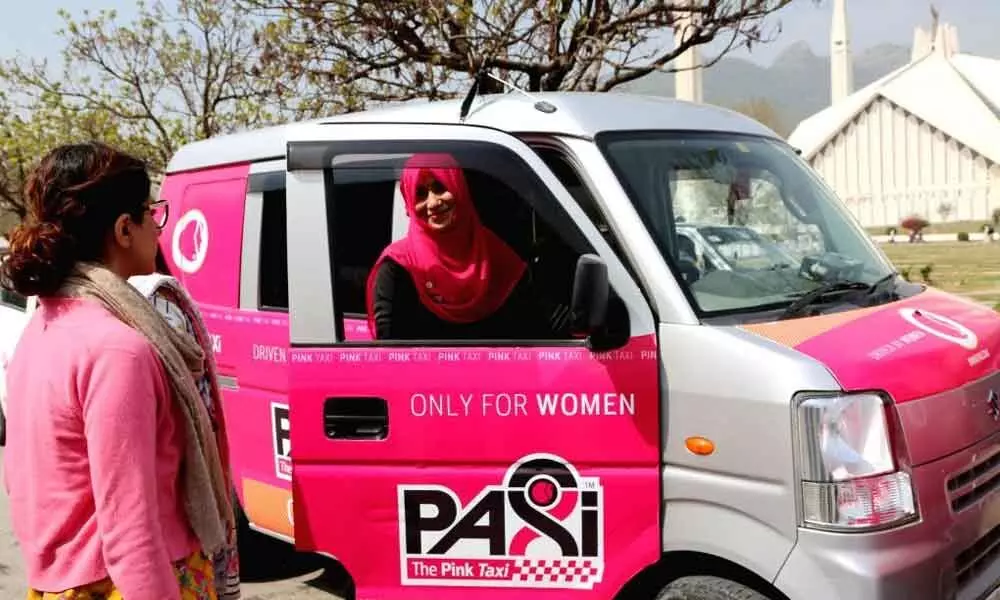Women can actually be better, safe drivers than men

Busting a common myth that women are bad at wheels, researchers now say that male drivers are more dangerous on the road and are also more likely to drive more dangerous types of vehicles.
Busting a common myth that women are bad at wheels, researchers now say that male drivers are more dangerous on the road and are also more likely to drive more dangerous types of vehicles.
Women may actually be better and safer drivers than men, they added.
The findings, published in the journal The BMJ, prompt the researchers to suggest that greater gender equity in road transport jobs, overall, might help lessen these risks.
"We suggest policy-makers consider policies to increase gender balance in occupations that substantially involve driving, given the greater likelihood that other road users will be killed if men rather than women are driving or riding," the researchers wrote.
For the findings, researchers at University of Westminster drew on four sets of official data for England for the period 2005-15: police injury statistics, Road Traffic Statistics, National Travel Survey data and Office for National Statistics population/gender figures.
They used the data to analyse the risks posed to other road users from bicycles, cars and taxis, vans, buses, lorries and motorbikes per billion vehicle kilometres travelled, and categorised by road type--major and minor roads in urban and rural areas--and gender.
In terms of absolute numbers, cars and taxis were associated with most (two-thirds) of fatalities to other road users.
But a comparison of fatalities per distance travelled shows that other vehicles might be even more dangerous.
According to the researchers, lorries were associated with one in six deaths to other road users: each km driven was associated with more than five times the number of such deaths than each km driven in a car.
There was a similarly high death toll for buses per km driven. Despite their small size, motorbikes also put other road users at high risk. In urban areas, most of those deaths--173 over the entire study period--were pedestrians.
Analysis of the data by gender showed that men posed a significantly higher risk to other road users for five of the six-vehicle types studied.
For cars and vans, the risk posed by male drivers was double that posed by women per km driven, rising to four times higher for lorry drivers, and more than 10 times higher for motorbike riders.
In a linked podcast, the researchers pointed out that driving jobs tend to be male-dominated, citing the high death toll to other road users associated with lorries, 95 per cent of which are driven by men.
While lorries, in general, are dangerous vehicles, male lorry drivers pose a particularly high risk compared to female lorry drivers, she adds.

